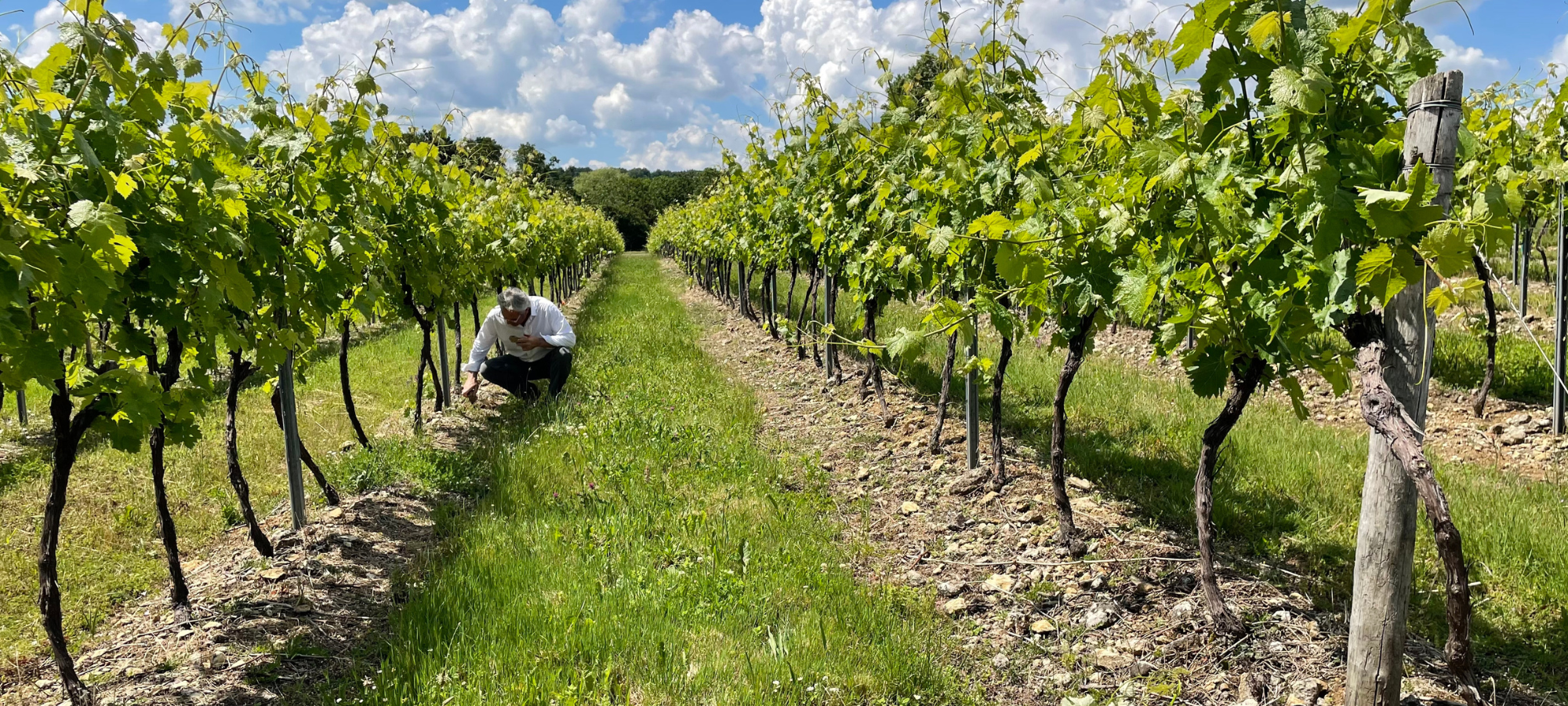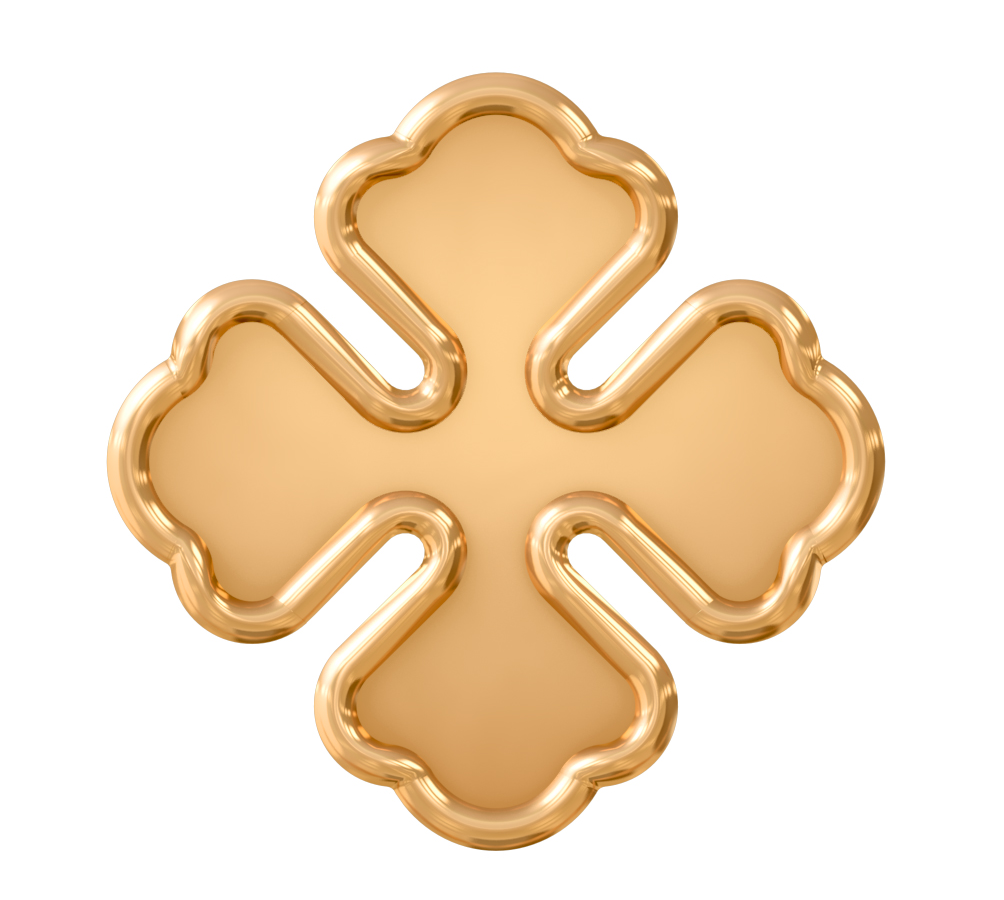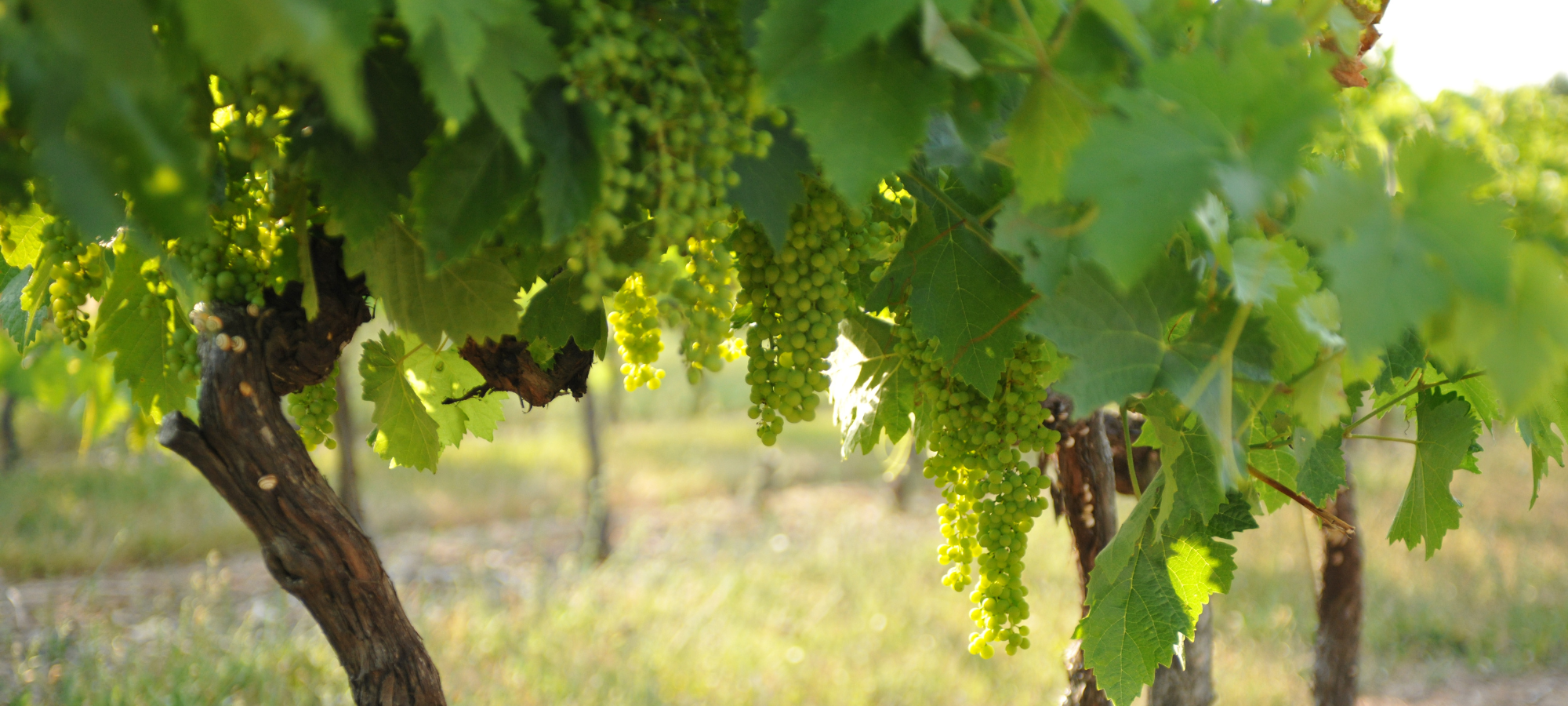
The grape varieties of cognac
Cognac is a 100% French brandy known for its extreme finesse. It owes its finesse to a vineyard cultivated in a mild and temperate climate, but also to passionate wine growers since the 15th century. Benefiting from an Appellation of Controlled Origin (AOC) since 1936, this spirit must respect very precise criteria, especially concerning the grape varieties used for its production.
What fruit is cognac made from?
Cognac is made from white grapes with low sugar content and high acidity. They come from the largest vineyard of this color in France, covering more than 80 000 hectares. The choice of grape varieties used to produce this spirit is regulated in the specifications of cognac, governed by the French National Interprofessional Office of Cognac (BNIC).
What is a grape variety?
Grape variety is a term commonly used in winemaking. It is the type of grape plant, cultivated for its particular biological characteristics. The grape variety groups together the plants coming from the same seed, which makes it possible to preserve the quality of the vine.
What are the different grape varieties of cognac ?
A cognac can be made from a single grape variety or from a mixture of several grape varieties, as long as they fall within the list below:
Ugni Blanc
Also known as Trebbanio Toscano, this medium-sized, round, thin-skinned berry is an ancient variety from Tuscany, Italy. In winemaking, it is often used in blends to cool wines from hot climates. Ugni blanc contributes to the production of dry white wines, such as IGP Côtes-de-Gascogne. The wines it produces are slightly aromatic, with discreet floral and fruity notes. Very present around the Mediterranean, it is the most planted white grape variety in France in terms of area. It is also found in Argentina and Uruguay.
More than 98% of Ugni blanc is found in the cognac vineyards, which makes it the main grape variety for the production of cognac. It has many advantages for producers. Indeed, it is favored for its relative tolerance to certain diseases, such as grey rot.
It also offers high acidity and low sugar content. The result is wines with low alcohol content (between 8 and 9% by volume). This high acidity also ensures the natural preservation of the future wine.
With its relatively neutral and balanced profile, Ugni blanc lends itself perfectly to the production of quality brandies. After distillation, it gives delicate and flowery eaux-de-vie, suitable for aging. It is with this variety that the majority of CAMUS cognacs are made.
Colombard
Born in Charente, Colombard is the result of a blend between two other grape varieties, Gouais and Chenin. It is one of the oldest grape varieties still present in Charente. It has similarities with Ugni blanc, such as a similar maturity, a high acidity and a low sugar content.
Mainly used in blending and often associated with Sauvignon, this variety contributes to the elaboration of dry white wines such as the IGP Côtes-de-Gascogne. Colombard is also used for wine, cognac and armagnac spirits. It has also found popularity in South Africa, the United States and Australia, where it is grown. Its aromas are very lively and exuberant with notes of citrus and flowers.
Folle Blanche
For centuries, this grape variety was used to produce the mellow brandies of cognac. For a long time it was the dominant variety in the region, but it was one of the great victims of the phylloxera crisis. Very sensitive to grey rot once grafted, it has now lost its leading position in the cognac appellation. This is why it now represents less than 1% of the cognac vineyard.
With its white flesh and skin, this singular variety produces wines with a low alcohol content. The result: harmonious eaux-de-vie with powerful aromas.
Discover the flowery aromas of this grape variety combined with Ugni blanc with our CAMUS Cognac de caractère – Floral Accent
Good to know :At the end of the 19th century, phylloxera, an insect attacking the vine, appeared. It was imported from North America and established itself in Charente, damaging the vines by sucking the sap from their roots. This real plague destroyed the great majority of the vineyard. Since this event, all the grape varieties are grafted on different rootstocks chosen according to the type of soil.
Sémillon
This grape variety of the South-West is not widely planted, but is present in several countries, such as Chile, Argentina, South Africa, or Australia, where it is vinified alone. Sémillon is used to make dry white wines such as Pessac-Léognan, but also sweet white wines such as Monbazillac or Sauternes. As a single variety, Sémillon offers aromas of undergrowth, such as vanilla or toast. When blended (often with Sauvignon), its aromas are more powerful. Although present in the decree of the appellation, it is currently used very little.
Montils
Mainly cultivated in the Charente vineyards, Montils is mostly used for the production of Pineau des Charentes. Its characteristics are similar to Ugni blanc, but it is more premature and less acid. Its brandies are of good quality, even if its productivity remains limited.
Folignan
This new variety is the result of a cross between Ugni blanc and Folle blanche. Selected by the Viticultural Station of the BNIC, it was officially included in the decree of the cognac appellation in 2005. Rich in aromas, it is more premature and sensitive than Ugni blanc. Its floral aromas are quite strong and evoke rose or lilac. It is used "as a complement" to other grape varieties. It must be limited to 10% of the vineyard's total.
Classification, vintage and grape varieties are all criteria that make the unique character of each cuvée. Discover all the finesse of exceptional spirits with the cognacs of the CAMUS House and their extraordinary aromatic intensity.






